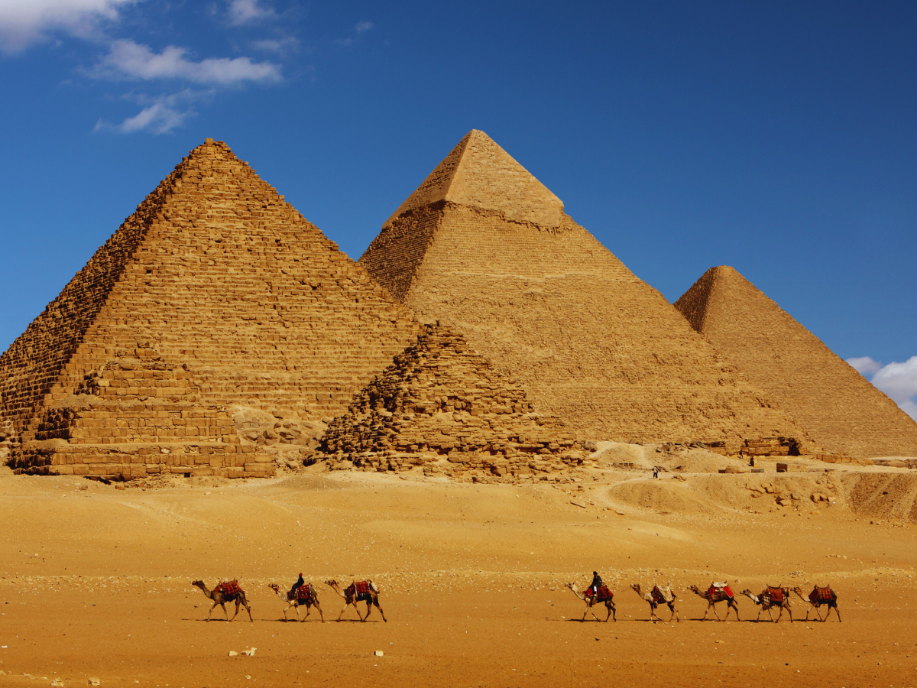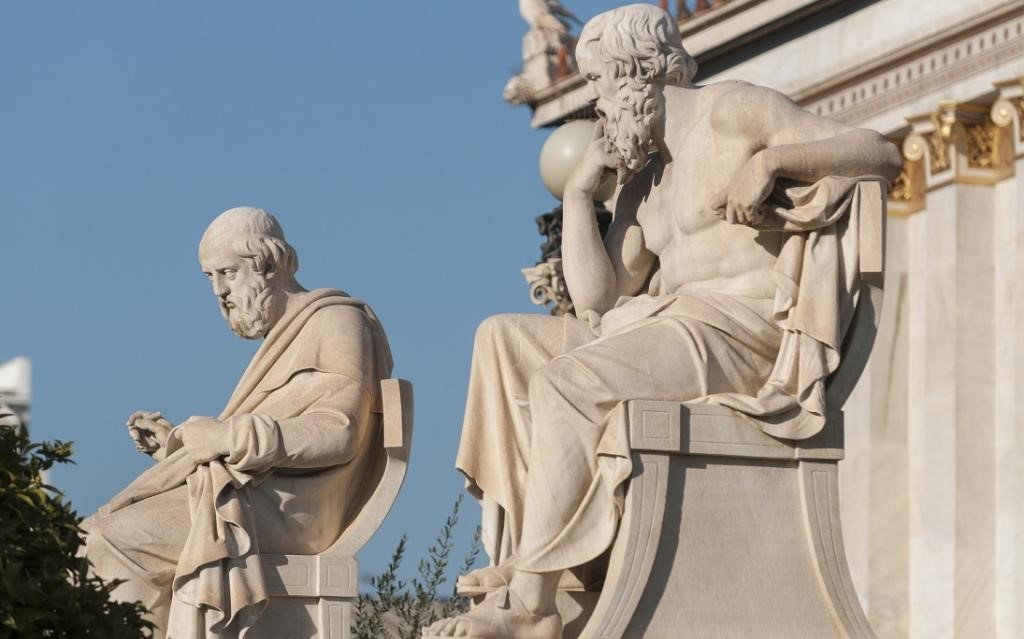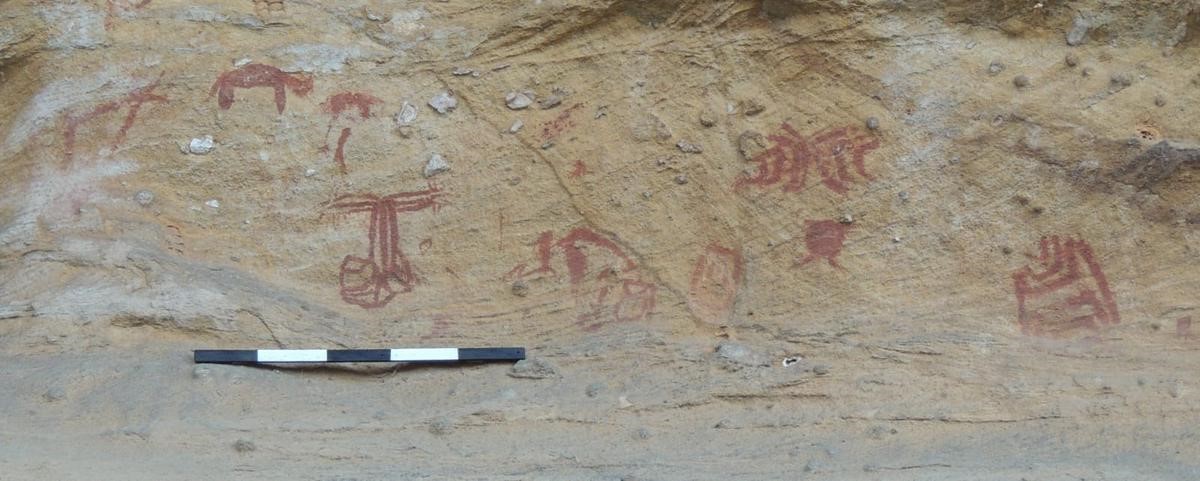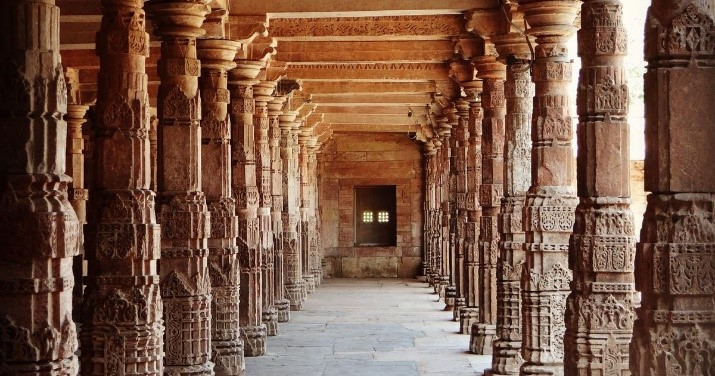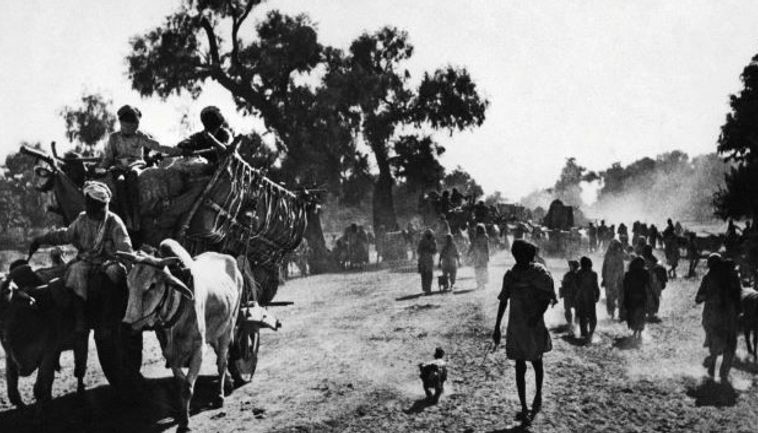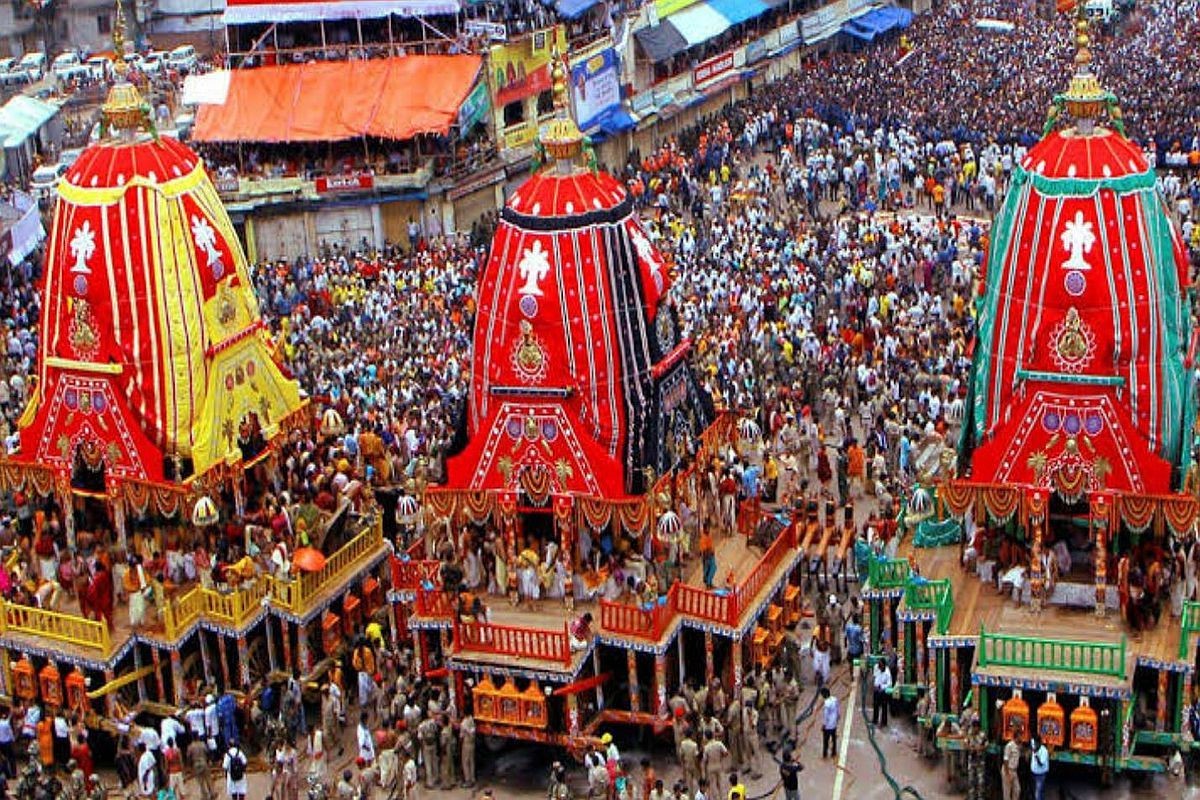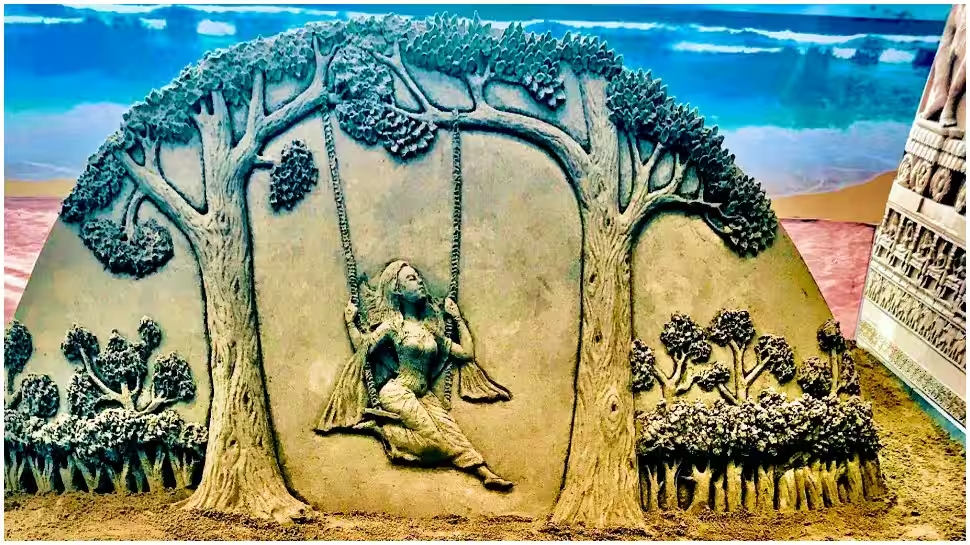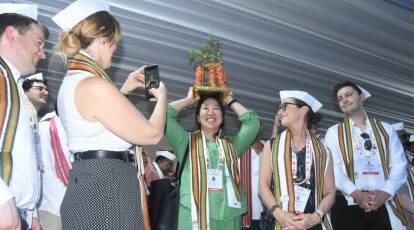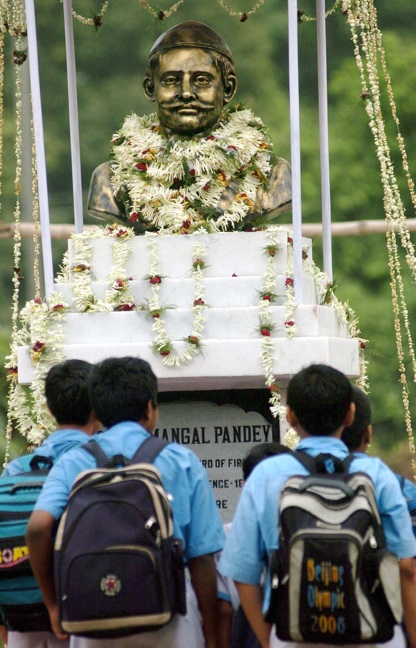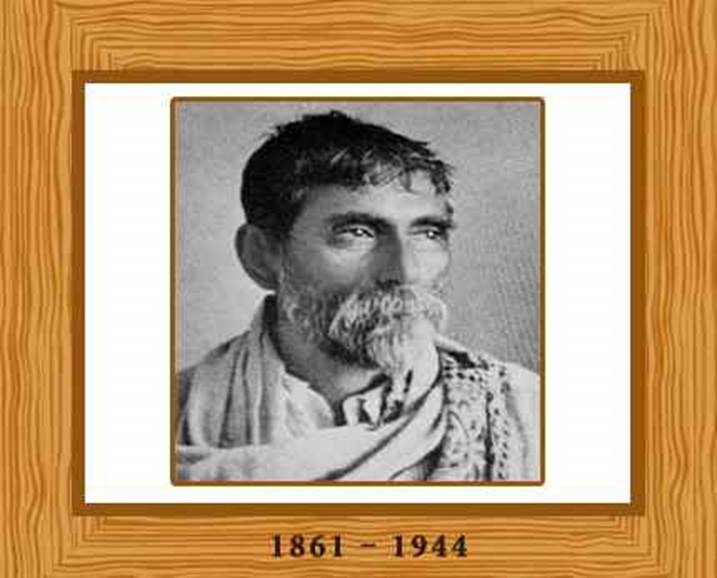Description
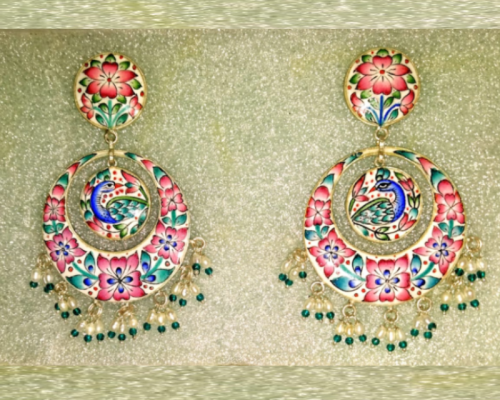
Disclaimer: Copyright infringement not intended
Context
- Gulabi meenakari peacocks, a product of Gulabi meenakari were specially created for the G20 delegates as reported by Kunj Bihari said, the national awardee of the craft.
- A group of more than 100 trained artisans worked to create these products.
- Along with Gulabi minakari poducts, Indian Prime minister presents a variety of products for the heads of governments at the G7 Summit.
Other Details
- PM Narendra Modi and the Chief Minister Yogi Adityanath have given a new hope to the artisans, of the Gulabi Meenakari.
- Inclusion in GI certification and ODOP Initiative revived Varanasi Gulabi Meenakari. it has got recognition all over the world leading to increased demand of these products.
- It is also helping in generating employment for and a large number of people.

Gulabi Meenakari Handicraft
- Gulabi Minakari, pink enamelling, is a rare and delicate art India which is mainly practices in the lanes of Gai ghat Varanasi.
- The Meenakari of Varanasi was given a Geographical Indicator tag in the year 2015.
- Gulabi Meenakari products could be of various types which includes jewellery boxes, idols, sculptures, key chains, dining sets, trays
- Products like these from Varanasi are part of One District One Product (ODOP)’ scheme.
History
- This art came to India in the 17th century, during the times of Mughal rule, with the Persian artisans.
- After that Gulabi Meenakari of Varanasi accepted and owned by the artisans of Varanasi, who protected and preserved this art.
- The position of this art is claimed to be prosperous till about hundred years ago.
- In the 19th century and early 20th century, pink enamel was favourite of princes and the aristocracy famous and was popular throughout the country.
- It can be used in both jewellery and home décor items.
Current situation
- Kunj Bihari Singh, an auto driver turned one-fantastic-artist, and Tarun Kumar Singh, who got into the tradecraft via a CSR initiative of a private firm are the National awardee and popularizing the art.
- Currently, about 400 artisans are engaged in the Gulabi Meenakari cottage industry in Varanasi.
- The demand of this craft is increasing both domestically and globally.
Material, types and process
- The colouring and enamelling work is done on engraved metal generally on gold, silver and copper. Work on gold metal look more beautiful.
- Piece of metal is moulded into a base and a design is created on metal. It is filled with using crushed meena glass with the help of a natural anardana glue.
- This is then fired to transform into a translucent coloured patch.
- Pink is the dominant colour in this art form.
- The traditional tools used are the forceps or pakad, salai or the etching tool, takala, a needle-like tool to apply the colours, kalam to brush in the enamel), a metal palette, mortar and pestle, brass dye, a small scrubbing brush, and the kiln.
- Natural and leadless dyes are used in this form of meenakari
- This indigenous art is labour-intensive, backbreaking, eyesight-killing work.
- Gulabi Meenakari was the latest to be included in the ODOP scheme for Varanasi.
|
Meenakari
The word Meena Kari is a mixture of Meena (colored enamels) and Kari which together means putting heaven put onto ornaments. In this art form surfaces of metals is painted, coloured and decorating with the help of enamelling minerals.
|
One District One Product (ODOP)
- First initiated in India by Uttar Pradesh government in Jan 2018. The concept of One District One Product was adopted by the Central Government, who has initiated One District One Product (ODOP) in all States/UTs of the country.
- This initiative has an objective to foster balanced regional development and to enable holistic socioeconomic growth by promoting at least one Product from each District of the country.
- The products are selected based on the existing ecosystem on the ground, identified under Districts as Export Hubs (DEH), and GI-tagged products.
- It encourages state's domestic production of indigenous and specialized products like various handicrafts, readymade clothes, leather products etc. The aim of state government is to encourage indigenous and specialized products district wise.

Must read Article:
https://www.iasgyan.in/daily-current-affairs/geographical-indications
https://www.iasgyan.in/daily-current-affairs/geographical-indications-gi
|
PRACTICE QUESTION
Handicrafts and art is a part of India’s soft diplomacy and could also be a factor to improve socio economic condition of people. Explain in context of Gulabi meenakari of Varanasi. (250 words)
|
http://timesofindia.indiatimes.com/articleshow/100889818.cms?from=mdr&utm_source=contentofinterest&utm_medium=text&utm_campaign=cppst






